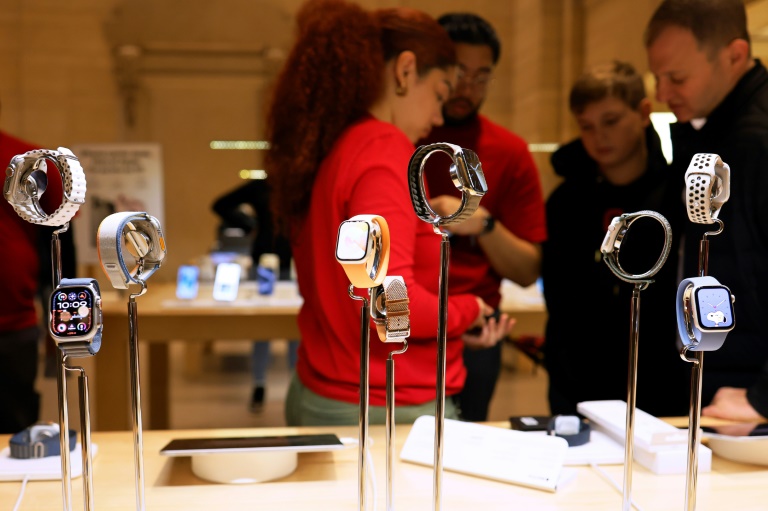Female engineer’s strategies help companies capitalize on untapped potential in the workplace

Apple hitting pause on US sales of some of its smartwatch models comes as it accuses Masimo Corp. of abusing the patent system to create an opening for a rival product – Copyright NASA/JPL-Caltech/AFP Handout
Globally, too many girls and women are held back by biases, social norms and expectations influencing the quality of the education they receive and the subjects they study. This is particularly the case in relation to STEM subjects, including engineering.
How can these gender differences be better understood and more successfully addressed?
Answers come from Lauren Neal, who is an award-winning chartered engineer and sought-after speaker whose strategies can help businesses attract and retain talent, particularly in male-dominated disciplines such as STEM.
Neal was named one of the UK’s top female computing students at age 18. She gained a master’s degree in electronic and electrical engineering, and since 2005 has worked with men and women offshore, onshore and onsite on multimillion-dollar projects across the UK, Angola, Trinidad, Azerbaijan and Indonesia.
In a recent statement, Neal says: “There are potentially many, many competent people who have so much more to give than they can because of workplace cultures or bias or any number of things that are just getting in the way.”
She adds: “I strive to spread the message that people should be able to show the world what they’ve got to offer and to be given the opportunity to do that.”
Neal zeroes in on how companies can capitalize on the often untapped potential of women in particular in her new book, Valued at Work: Shining a Light on Bias to Engage, Enable, and Retain Women in STEM. The book recently became an Amazon no. 1 best seller in the category High-Tech Business & Finance.
In the book, Neal draws from her own experiences, compelling research and numerous real-world examples to provide what she calls tried-and-tested approaches to help male-dominated organizations create and maintain more inclusive workplace cultures.
Within the pages, Neal uses a unique approach to get her message across: The book is structured as a conversation between two male managers genuinely trying to improve the retention of women in their respective organizations.
Through this approach, Neal ensures that readers get to be “flies on the wall” as these two men discuss the problems that women face within the patriarchal system — using concrete examples — and actively try to understand the challenges and find ways to course correct the company’s inclusion efforts.
“This fictional approach to a real business problem allows readers to empathize with these male organizational leaders in their own struggles, as well as with the women in theirs, with less judgement than is typical when discussing this topic,” Neal explains in a statement sent to Digital Journal.
Inspired by real-life stories, Valued at Work makes for a fascinating read and the text includes “top tips” for both organizations and women in STEM to equip all readers with strategies for driving real change.
Female engineer’s strategies help companies capitalize on untapped potential in the workplace
#Female #engineers #strategies #companies #capitalize #untapped #potential #workplace





